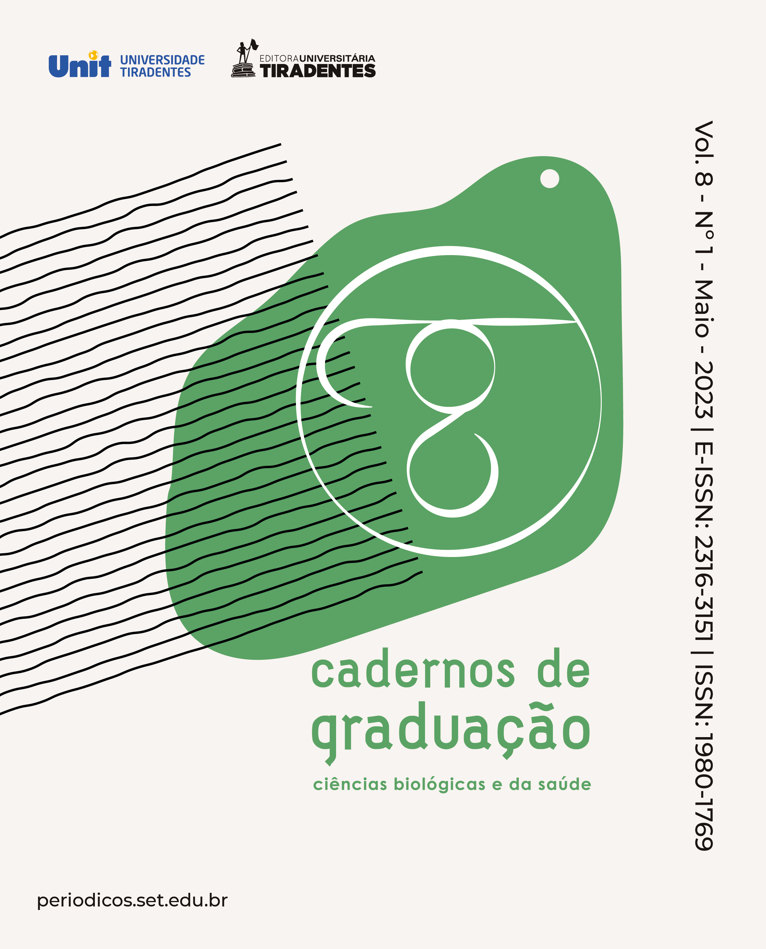ATIVIDADE CONSERVANTE DE ÓLEOS ESSENCIAIS EM ALIMENTOS: UMA REVISÃO DA LITERATURA
Published
Downloads
Downloads
Issue
Section
License
Oferece acesso livre e imediato ao seu conteúdo, seguindo o princípio de que disponibilizar gratuitamente o conhecimento científico contribui para a democratização do saber. Assume-se que, ao submeter os originais os autores cedem os direitos de publicação para a revista. O autor(a) reconhece esta como detentor(a) do direito autoral e ele autoriza seu livre uso pelos leitores, podendo ser, além de lido, baixado, copiado, distribuído e impresso, desde quando citada a fonte.
Abstract
Currently one of the biggest challenges faced by the food industry is food preservation. Even with the use of food additives to increase shelf life, health problems are increasing due to the growth of pathogenic microorganisms. Essential oils have excelled in research as a means of conservation, due to their various properties of action in pharmacology, standing out as antioxidants and antimicrobials, in addition to being a natural product that provides an increase in the shelf life of food. Therefore, the objective of the study was to carry out a literature review on the main essential oils with antioxidant and antimicrobial potential as an alternative in food preservation. This is a literature review based on Pubmed, Scielo and Science Direct databases. The descriptors defined by DeCS (Descriptors in Health Sciences) were used: Food Preservation, Food Additives, Essential Oil, Antimicrobials and Antioxidants. Following inclusion criteria: full articles, in English and Portuguese, published from 2018 to 2022 and as exclusion criteria, publications outside the determined period, proceedings, abstracts, dissertations and theses. In vitro studies demonstrated the antimicrobial capacity of 16 EOs against different Gram-positive and Gram-negative bacterial strains, in addition to their antioxidant potential and antifungal capacity against several fungi. It is concluded that EOs are considered alternatives that can be used as natural preservatives in the food industry, being considered microbiologically active against the microorganisms tested.















